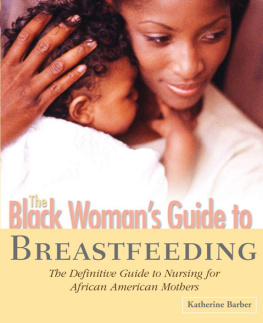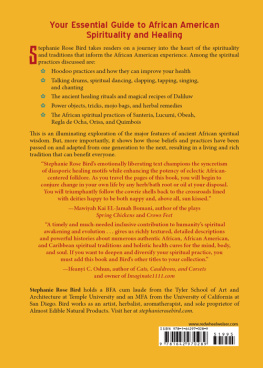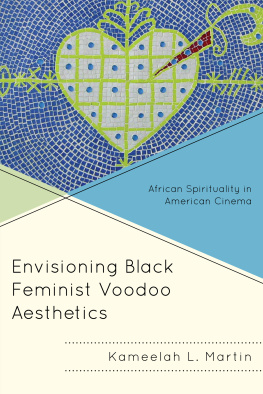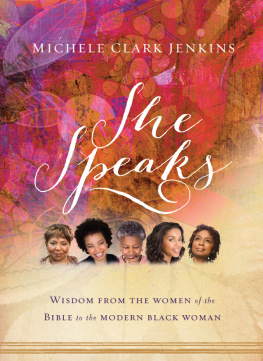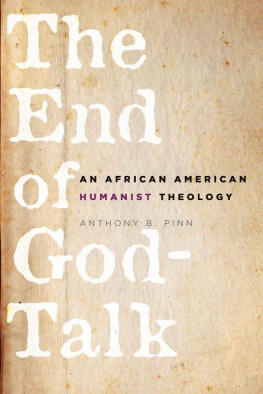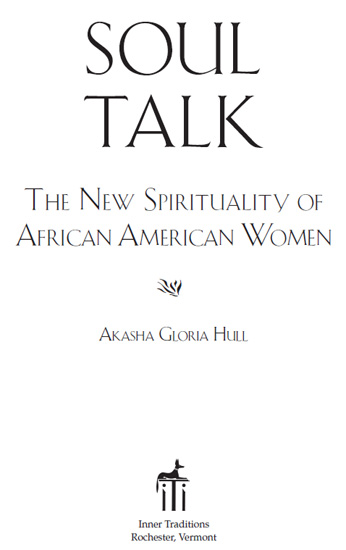
For Toni Cade Bambara
(March 25, 1939December 9, 1995)

ACKNOWLEDGMENTS

F or their willing and wonderful participation in this work, I pour forth gratitude to: Toni Cade Bambara, Lucille Clifton, Masani Alexis DeVeaux, Michele Gibbs, Dolores Kendrick, Geraldine McIntosh, Sonia Sanchez, Namonyah Soipan, and Alice Walker.
For grant support that gave me opportunities I would otherwise not have had for research, reflection, and writing, I gratefully acknowledge: The American Association of University Women, 1991; University of California, Santa Cruz, Committee on Research Awards; Djerassi Resident Artists Program, 1994; The National Humanities Center, 199495.
For their love, faith, encouragement, advice, and generous reading of varying portions of this book as I labored to write it, thanks and praise to: Debra Lynne Busman, above all, and to Mrs. Jimmie Thompson, Martha T. Zingo, Adrian Prentice Hull, Yasmina Porter, Namonyah Soipan, Geraldine McIntosh, Toni Morrison, Bettina Aptheker, Kate Miller, Ann T. Jealous, Alissa Goldring, Marilyn McKenzie, Faith Queman, Mary Alice Hayden, Cassandra Paden, Francis V. OConnor, Cheryl Williams, Celine-Marie Pascale, Caroline Pincus, Denise Stinson, Sandra Dijkstra, Gareth Esersky.
For their consummate care of my words and this work, deep appreciation to the professionals at Inner Traditions and especially to my editor, Elaine Sanborn.
THESE BONES, THESE BONES
for TCB
Long black bones
waving like angry spears
under an ocean of years and water
clamoring fronds uprising
in the cold and tropical sea
Grandmother bones
Father bones
Baby bones thrown overboard
Those who leaped
who fell in the fight
They who saw the future
and ran screaming into time
The rot which could not go
unburied
The troubled spirits swept clean
away by the avenging storm
Lovers who held each others hand
and went down singing
These African bones
that did not live
to tell their story
are troubling the waters
are asking the bone
of their bone
their present flesh
the black bones
redbones
half-white bones
bleached bones
brown bones
their bones
colored forever
in the dyes of history
about the unpoured libations
the monuments which do not rise
not even in our imaginations
are wondering how we came
to this place of forgetfulness
with not even a pile of stones
to mark the sacred plot
Akasha (Gloria T.) Hull
Authors note: TCB stands for Toni Cade Bambara and for Taking Care of Business. I recited this poem at the Middle Passage Monument Ceremony on July 3, 1999, in New York City, after which a gravestone was lowered to the floor of the Atlantic Ocean, 427 kilometers off New York harbor. Given the long-standing absence of such markers, our books, paintings, and other forms of artistic expression, and all our acts of creative living and struggle, have historically been the surviving monuments to our ancestral spirits who perished during the infamous Middle Passage.

INTRODUCTION
A new spirituality has arisen among African American women. On one woman, it looks like the suddenly acquired ability to channel messages from her dead mother and from ascended beings. For another, it is the impetus that drives her to begin approaching political activism by searching for the essential seed of birth and continuance inside herself and others. For yet another woman, it manifests as the power to access divine creativity and give it a very specific, but still universally resonant, face.
Soul Talk investigates this new spirituality that is taking shape among many progressive African American women at this turning of the twenty-first century. Arising around 1980, it brings together three interlocking dimensions: 1) the heightened political and social awareness of the civil rights and feminist movements, 2) a spiritual consciousness that melds black American traditions such as Christian prayer and ancestral reverence with New Age modalities such as crystal work and self-help metaphysics, and 3) enhanced creativity, especially as represented by the outburst of literature by Toni Morrison, Toni Cade Bambara, Alice Walker, Lucille Clifton, Octavia Butler, Audre Lorde, Ntozake Shange, Paule Marshall, Sonia Sanchez, Gayle Jones, Tina McElroy Ansa, Phyllis Alesia Perry, Sandra Jackson Opoku, and othersliterature that foregrounds supernatural material, viscerally impacting an unprecedented number of readers.
Let me further define this spirituality and my terms. Political consciousness is locating the self in the mundane scheme where realities such as race, gender, and economics are profoundly considered and injustices of power and privilege are resisted. This awareness or consciousness among black people has historically fueled both the literal and symbolic spitting-in-the-faces-of-oppression that characterizes our struggles for freedom and recognition. Spirituality, as I view it, involves conscious relationship with the realm of spirit, with the invisibly permeating, ultimately positive, divine, and evolutionary energies that give rise to and sustain all that exists. In the guise practiced by a growing group of contemporary black women, this spiritual expression builds on firm cultural foundations and traditional Christian religions, but also freely incorporates elements popularly called New AgeTarot, chakra work, psychic enhancement, numerology, Eastern philosophies of cosmic connectedness, and others. And, finally, creativity is what results when the ideas, originality, and beauty we apprehend in the world of spirit are given concrete form through our art and inspired daily living, whether that be a poem, painting, or novel, an original solution to one of our childrens problems, or a pot of smoked turkey wings and greens.
These, then, are the three dimensionspolitics, spiritual consciousness, and creativitycomprising the new spirituality this book aims to explore. Working together, they function as a fluid and dynamic interpenetrating triangle, with each dimension impacting the others and all of them together generating tremendous power. Far too often, political considerations are kept separate from spiritual matters, and the role that spirituality plays in creativity is cloaked or undervalued. What I see in the new spirituality as practiced by many African American women is a beautiful and compelling model for bringing the three dimensions together. Once tapped, its power is transforming: One woman walks into a formal corporate meeting and calls together all of her spiritual energy to correct the white officers deviating from human relations guidelines; another maintains two altars in her home where she regenerates and stills herself each day by lighting a candle or saying affirmations or thanking the universe, all in preparation for the work in the world that she feels called to undertake.
Next page

